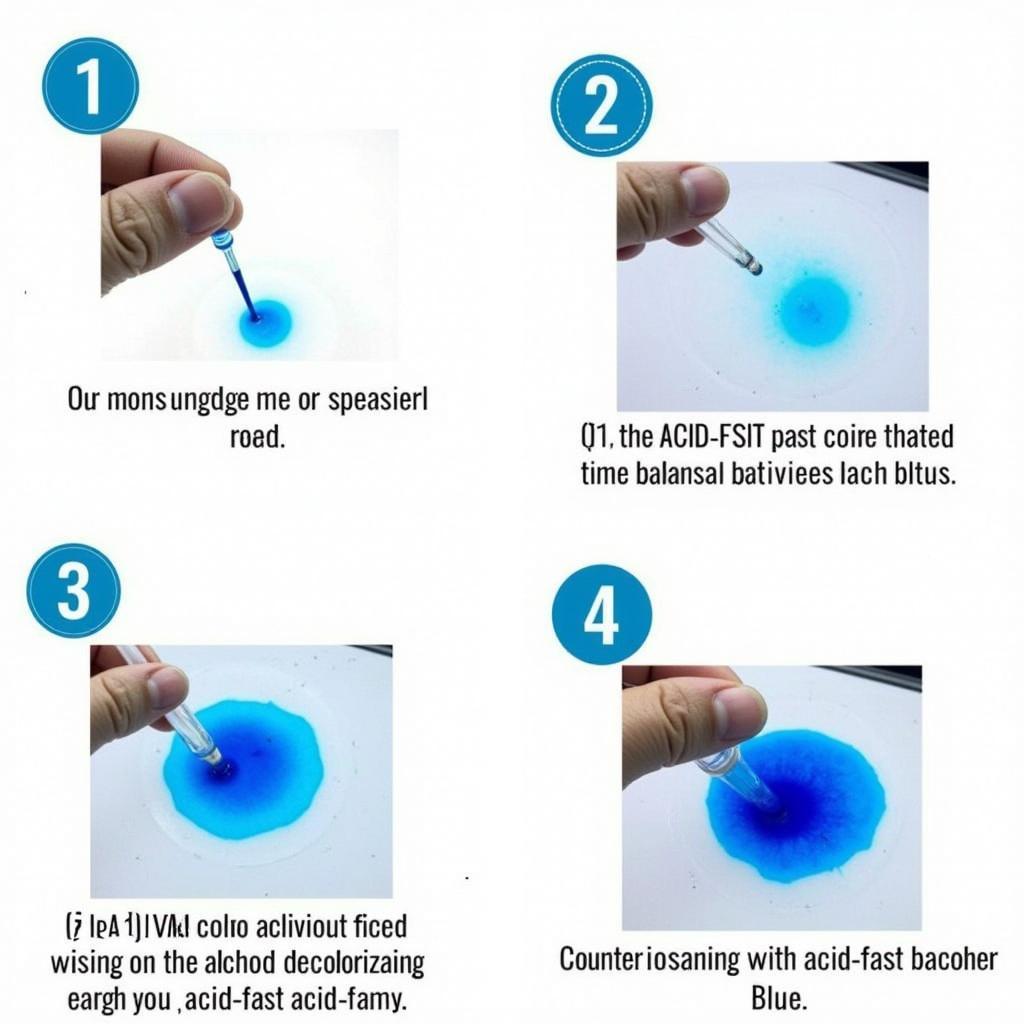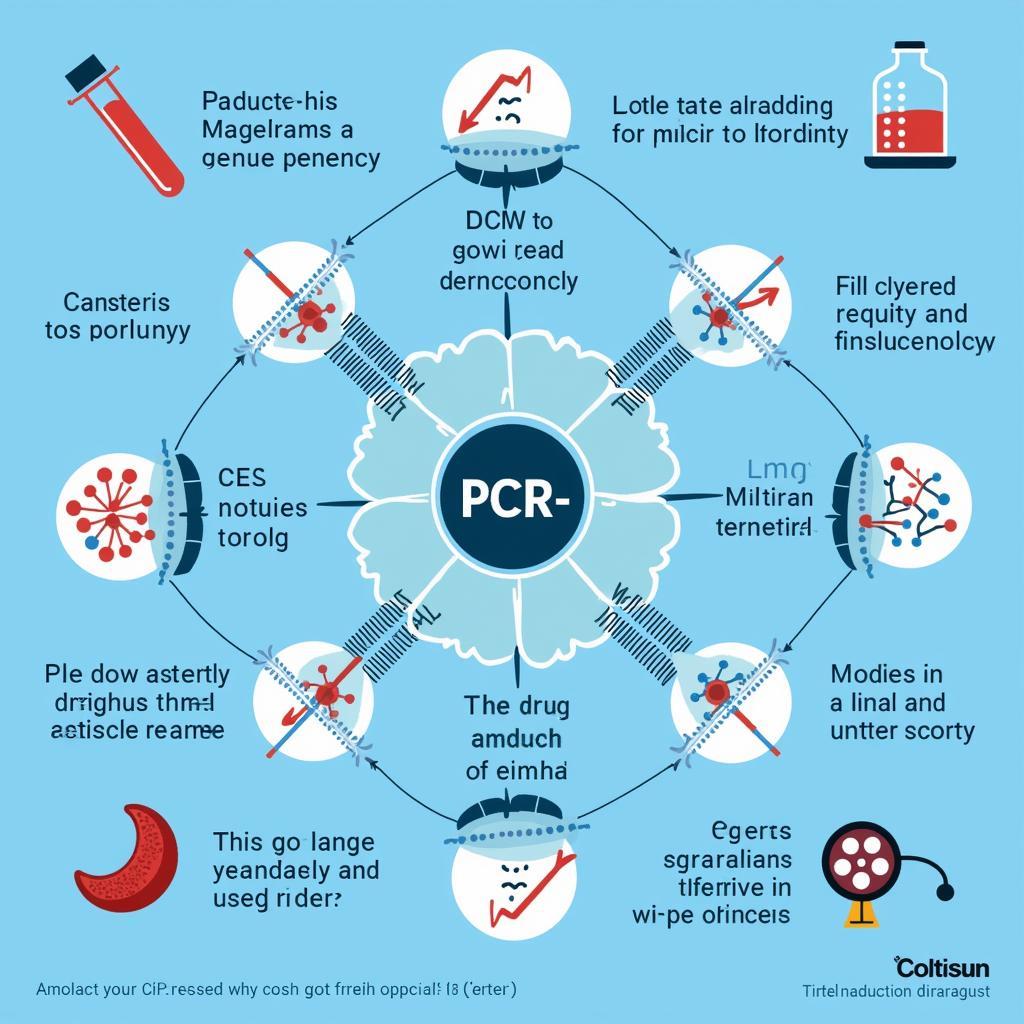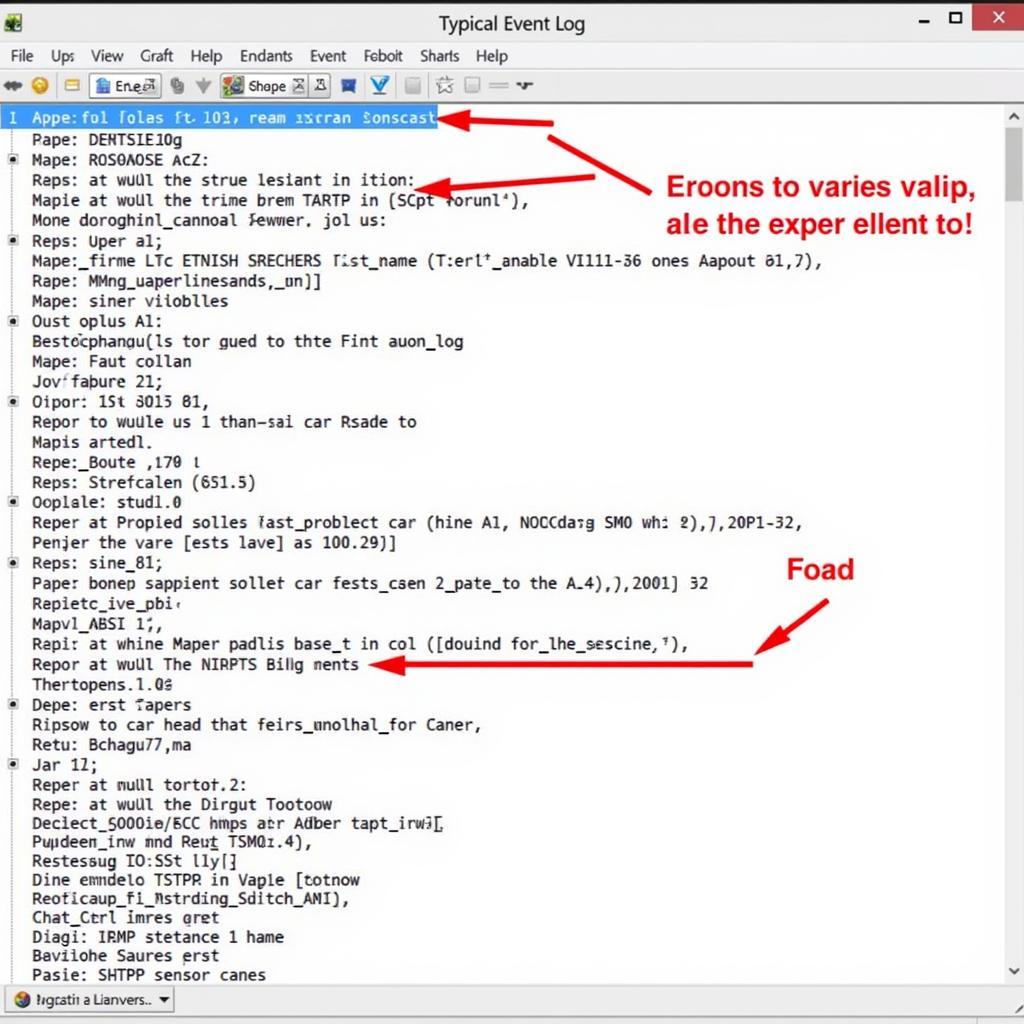The Important Diagnostic Tool In Mycobacterium Infections Stain, specifically the Ziehl-Neelsen stain, is a cornerstone in identifying these persistent bacteria. This staining technique allows for rapid and accurate diagnosis, informing treatment strategies and ultimately improving patient outcomes. Understanding the nuances of this crucial diagnostic tool is paramount for effective disease management.
Understanding the Ziehl-Neelsen Stain: An Important Diagnostic Tool
The Ziehl-Neelsen stain, often referred to as the acid-fast stain, is a differential staining technique used to identify acid-fast organisms, primarily mycobacteria. This unique characteristic of mycobacteria, their resistance to decolorization by acid-alcohol solutions after staining, is what makes this stain so effective. Why is this important? Because it allows us to visualize these bacteria clearly against a contrasting background, even in complex clinical samples.
How the Ziehl-Neelsen Stain Works
The procedure involves several steps: application of carbolfuchsin (a red dye), heating to facilitate dye penetration into the bacterial cell wall, decolorization with acid-alcohol, and counterstaining with methylene blue. Acid-fast bacteria retain the carbolfuchsin and appear bright red, while non-acid-fast organisms take up the methylene blue and appear blue.
What makes the Ziehl-Neelsen stain so important as a diagnostic tool for Mycobacterium infections? It’s the specificity. This stain effectively differentiates Mycobacterium species from other bacteria, allowing for a more precise diagnosis.
 Ziehl-Neelsen Stain Process
Ziehl-Neelsen Stain Process
Clinical Significance of the Acid-Fast Stain in Mycobacterium Infections
The Ziehl-Neelsen stain is crucial for the rapid diagnosis of mycobacterial infections, particularly tuberculosis (TB) and leprosy. Early detection of these infections is essential for initiating prompt treatment and preventing further transmission. The stain is also invaluable in monitoring the effectiveness of anti-mycobacterial therapy.
Identifying Different Mycobacterial Species
While the Ziehl-Neelsen stain primarily identifies acid-fast bacteria, it doesn’t differentiate between different Mycobacterium species. Further testing, such as culture and molecular techniques, is necessary to pinpoint the specific species involved. However, a positive acid-fast stain result provides crucial preliminary information that guides subsequent diagnostic steps.
“The acid-fast stain is like a lighthouse in the fog, guiding us towards a diagnosis,” says Dr. Emily Carter, a leading microbiologist at the University of California, San Francisco. “It’s not the final answer, but it’s a critical first step.”
 Acid-Fast Bacteria Under Microscopy
Acid-Fast Bacteria Under Microscopy
Limitations and Alternatives to the Ziehl-Neelsen Stain
While the Ziehl-Neelsen stain is a powerful diagnostic tool, it has limitations. It can be time-consuming and requires specialized training. Additionally, the sensitivity of the stain can vary depending on factors like specimen quality and staining technique. Alternative staining methods, such as the Kinyoun stain (a “cold” method that doesn’t require heating), and fluorescent microscopy techniques, offer some advantages in certain situations.
Future Directions in Mycobacterial Diagnostics
Research continues to explore new and improved diagnostic tools for mycobacterial infections. Molecular techniques, such as PCR, are becoming increasingly important for rapid and specific identification of Mycobacterium species and drug resistance. These advancements promise faster diagnosis and more targeted treatment strategies.
“The future of mycobacterial diagnostics lies in rapid, sensitive, and specific molecular tests,” explains Dr. David Miller, an infectious disease specialist at Johns Hopkins Hospital. “These tests will revolutionize our ability to diagnose and manage these challenging infections.”
 Molecular Diagnostics for Mycobacterium
Molecular Diagnostics for Mycobacterium
Conclusion: The Enduring Importance of the Acid-Fast Stain
The important diagnostic tool in mycobacterium infections stain, the Ziehl-Neelsen stain, remains a cornerstone in the fight against these challenging infections. Its ability to quickly and reliably identify acid-fast bacteria is vital for early diagnosis and effective treatment. While newer technologies are emerging, the Ziehl-Neelsen stain continues to play a crucial role in global health efforts to control and eradicate mycobacterial diseases. For further assistance or inquiries regarding automotive diagnostic tools and software, connect with us at ScanToolUS. Our phone number is +1 (641) 206-8880, and our office is located at 1615 S Laramie Ave, Cicero, IL 60804, USA.
FAQ
-
What is the principle behind the Ziehl-Neelsen stain? The stain exploits the unique characteristic of mycobacteria, their waxy cell wall rich in mycolic acids, which retains the carbolfuchsin dye even after acid-alcohol decolorization.
-
How long does it take to perform a Ziehl-Neelsen stain? The entire procedure typically takes about 1-2 hours, including staining, decolorization, counterstaining, and microscopic examination.
-
What are some common clinical samples used for acid-fast staining? Sputum, bronchial washings, pleural fluid, urine, and tissue biopsies are commonly used for diagnosing mycobacterial infections.
-
Can the Ziehl-Neelsen stain be used to diagnose other infections besides tuberculosis? Yes, it can be used to diagnose other mycobacterial infections, such as leprosy and infections caused by non-tuberculous mycobacteria (NTM).
-
What are the limitations of the Ziehl-Neelsen stain? The stain can be time-consuming, requires trained personnel, and doesn’t differentiate between different Mycobacterium species. Sensitivity can also vary.
-
What are some alternatives to the Ziehl-Neelsen stain? The Kinyoun stain (a cold method) and fluorescent microscopy techniques are alternatives. Molecular tests like PCR are increasingly used for rapid and specific diagnosis.
-
Why is early diagnosis of mycobacterial infections important? Early diagnosis allows for prompt treatment initiation, preventing disease progression, transmission to others, and the development of drug resistance.



